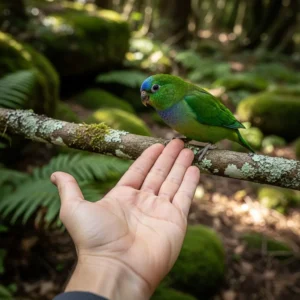
The Basset Hound: A Case Study in Scent Intelligence
To understand why the Basset Hound is so often misunderstood, we must look at its history and purpose. This is not a dog bred for flashy obedience, but for the gritty, persistent work of trailing game. Originating in France and perfected by aristocratic hunters, the Basset Hound was developed to be a world-class scent hound, specifically for hunting rabbit and hare in dense, challenging terrain.
Every single feature of the Basset Hound is a masterfully engineered tool for this job. Its name, “Basset,” derives from the French word “bas,” meaning “low.” Its short, heavy-boned legs keep it low to the ground, right where the scent is richest. This conformation allows it to move through thick underbrush that would stop a taller dog in its tracks. While not built for speed, they possess incredible endurance, capable of following a scent trail with unwavering determination for hours on end.
The Basset’s most famous features—its long, velvety ears—are not just for show. As the dog moves, these heavy ears act like brooms, sweeping scent from the ground up toward its powerful nose. The loose, wrinkly skin around its face, known as the dewlap, helps to trap and hold those scent particles, creating a personal scent cloud for the dog to analyze. The Basset Hound’s nose is a scientific marvel, containing over 220 million scent receptors (compared to a human’s mere 5 million). It is second only to the Bloodhound in its olfactory ability. Their deep, sonorous baying bark was also a crucial tool, allowing hunters to follow the dog’s progress through the woods even when it was out of sight.
Now, consider this highly specialized creature in a modern suburban home. An owner calls the dog to come inside. The dog, however, is completely absorbed in the faint, hours-old trail of a squirrel that ran along the fence line. To the Basset, that scent trail is a vivid, compelling story. Its entire being, every genetic instruction passed down through generations, is screaming at it to follow that trail. The human voice is just distant, irrelevant background noise. This isn’t an act of defiance or a lack of intelligence. It is an act of profound, single-minded focus. This is the Basset Hound performing its instinctive job with brilliant precision. The “stubbornness” we perceive is, in its original context, the life-saving trait of tenacity.
Understanding this biological and historical context is the first step to a successful relationship. You cannot fight this instinct, but you can learn to work with it. Recognizing that your Basset Hound experiences the world primarily through its nose allows you to reframe your expectations and tailor your training and enrichment to satisfy this powerful, innate drive.















